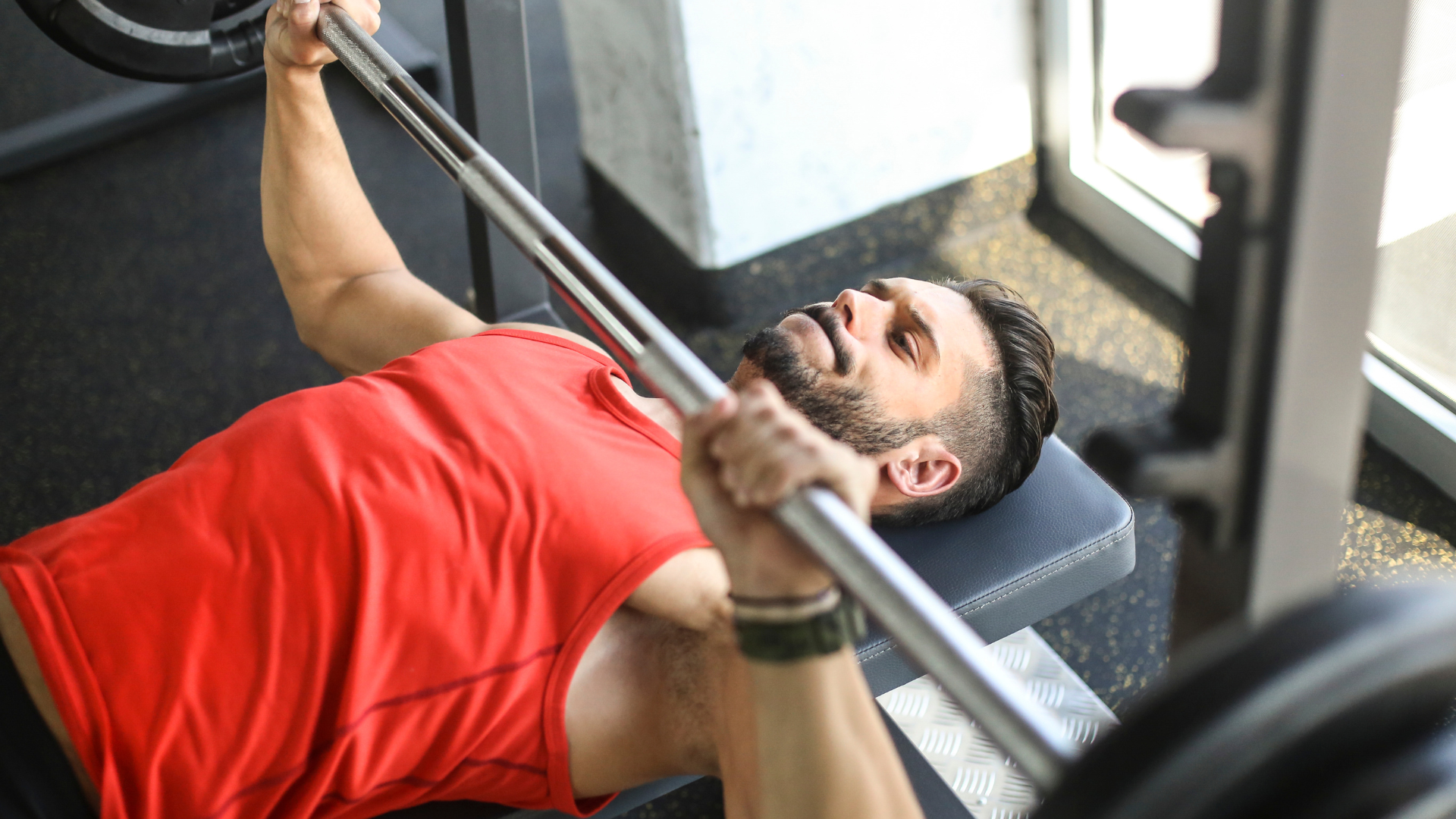How often should you change your workouts?
Not sure whether it’s time to switch up your training? Here's what an expert suggests


If you’ve been doing the same workout week in week out (or even months), you might be wondering whether it’s time to switch up your training.
Sticking to a consistent routine can build discipline but, over time, it may also lead to plateaus, boredom, or even injury. So how often should you actually switch things up to keep seeing progress and stay motivated?
We’ll cut straight to the chase, there isn’t a cookie-cutter answer (sadly).
“When you change your workout regime it’s often a combination of structured and predictable planning, and the slightly less predictable instinctive tuning, depending on how your body is responding,” says Steve Chambers, gym manager and certified personal trainer at Ultimate Performance.
Not only that, but it also comes down to you, the person – how often a beginner changes their workout split is going to be very different compared to a more experienced gym goer.
Some people also fall into the trap of chopping and changing their workouts every other week, which can also be problematic. “If you keep changing your exercise selection too often, you’re not giving yourself enough time to really conquer that particular exercise and progressively overload it to achieve hypertrophy,” Steve says.
Rather than randomly rehauling your training program every couple of weeks and adding in lots of new exercises, Steve says a better way to structure your workouts so that you continue to make progress is with ‘periodization’.
Get all the latest news, reviews, deals and buying guides on gorgeous tech, home and active products from the T3 experts
What is ‘periodization’?

In simple terms, periodization is organising your long-term training plan into different phases (periods) each with a specific focus, in order to help you improve steadily, avoid burnout, plateauing, and injury.
“Instead of doing the same workout over and over, periodization adjusts key variables like intensity, volume, frequency, and exercise selection in a strategic way,” explains Steve.
“In fact, scientific research shows that a periodized versus non-periodized resistance training consistently produces the greatest results, whereas blindly repeating the same exercises, with the same tempo, rest times, reps, and sets, risks overuse injuries, mental burnout, and stagnation.”
Remember, periodization is the roadmap for your entire training journey.
Within your periodization plan is something called a macrocycle – this is your big-picture training plan that spans several months and is focused on a major goal, like building muscle, getting lean, or running a marathon.
Then, inside that macrocycle are mesocycles – shorter training phases that usually last 3 to 8 weeks. Each mesocycle focuses on a specific objective that helps move you toward your overall macrocycle goal.
For example, you may begin with a hypertrophy block, then after a few weeks move into a strength block, with your final block being targeted towards fat loss.
“These mesocycles are where you change variables such as exercise selection, volume, sets, reps, intensity, rest times etc,” says Steve.
How often should you change mesocycles?

Beginners
A mesocycle for beginners typically lasts between four to eight weeks, depending on how the body is responding. “If you’re continuing to make progress and your plan is clearly working, keep going, but if you feel you’re plateauing about the four-to-eight-week mark, then it’s time to make some small tweaks,” says Steve.
Remember, this doesn’t mean you need to completely change your entire program. You can shorten your rest periods, add in more reps and sets, or vary your exercise selection, like swapping from a flat bench press to an incline press.
“If you’re a relative beginner, you only really need to make minor edits to your programme to help keep the stimuli fresh and reinforce your muscle adaptation before you hit those dreaded plateaus.”
Intermediate
Those with a training age of two years or more may find they need to make more minor changes every few weeks or so.
“These can be subtle changes such as grip changes (for example, reverse grip rows instead of overhand), or switching your rep ranges from 8-12 reps to 6-8 reps but with heavier weights, alongside a scheduled deload week every three to six weeks,” says Steve.
This will help drive steady progress on the gym floor and give your body time to recover from the extra intensity.
Advanced
If you’re highly experienced and training competitively, hitting the gym five to six times a week, then Steve says you’ll benefit from periodization where variables such as load, volume, and exercise selection shift systematically.
“I would advise operating within 4-6 week high-intensity mesocycles, followed by a low-volume recovery week, within an overall 12–24-week macrocycle. Once a particular macrocycle has been completed, give yourself an entire week off to reboot both mentally and physically.”

Bryony’s T3’s official ‘gym-bunny’ and Active Staff Writer, covering all things fitness. She is a certified personal trainer and also a part-time fitness instructor. In her spare time, you will find her in her natural habitat - the gym - where her style of training is a hybrid of bodybuilding and powerlifting. Bryony loves writing about accessible workouts, nutrition and testing innovative fitness products that help you reach your fitness goals and take your training to the next level.
You must confirm your public display name before commenting
Please logout and then login again, you will then be prompted to enter your display name.